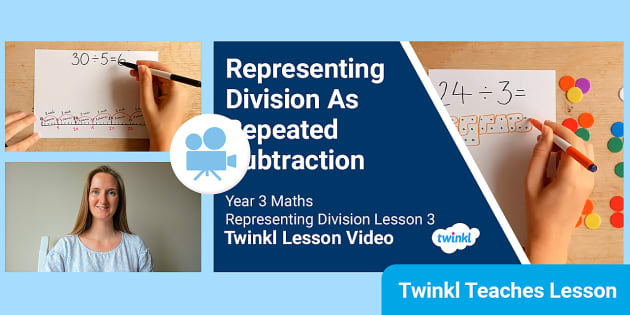

Increase the level of abstraction by using diagrams without visible numbers of people, then progressing to stories and equations only. Pose a similar problem with 50 ÷ 10 = 5 and 50 ÷ 5 = 10. What is the division equation for that problem? ( 18 ÷ 9 = 2) How many teams of nine can we make with 18 people? What is the equation for this story? ( 18 ÷ 2 = 9) Progress to working with stories and equations without support of physical models.How many teams are made? ( 40 ÷ 5 = 8)Ĥ0 people are put into teams of eight. How many teams are made? ( 30 ÷ 10 = 3)Ĥ0 people are put into teams of five. How many teams are made? (30 ÷ 3 = 10)ģ0 People are put into teams of ten. Examples might be:ģ0 People are put into teams of three. Use similar examples to make links between related repeated subtraction problems.Ask students if they can any patterns, being clear that the equations represent different repeated subtraction situations. Record equations for each situation, as below. What fact is that? (4 x 3 = 12 or 3 x 4 = 12) How many teams do I make? ( 12 ÷ 3 = 4)īoth these problems use the same multiplication fact. I have 12 people and I put them into teams of three. I have 12 people and I put them into teams of four. An array model may support students to see connections. Challenge students to apply the commutative property of multiplication to division through repeated subtraction situations, and to create division equations.They still work with easier division facts, such as divisors of two, five, ten and three. This article explains some of those relationships.In this lesson students develop greater competence in applying division facts to solve repeated subtraction problems. To do that, they need to see the RELATIONSHIP between the different quantities in the problem. Students often have problems setting up an equation for a word problem in algebra.
How do you do division as repeated subtraction how to#
How to set up algebraic equations to match word problems.The do's and don'ts of teaching problem solving in mathĪdvice on how you can teach problem solving in elementary, middle, and high school math.Hint: it has to do with a "recipe" that many math lessons follow. Why are math word problems SO difficult for children?.Four habits of highly effective math teaching.How to calculate a percentage of a number.Multiply and divide decimals by 10, 100, and 1000.Dividing fractions: fitting the divisor.Adding unlike fractions 2: Finding the common denominator.Multiplication Algorithm - Two-Digit Multiplier.Structured drill for multiplication tables.Multiplication concept as repeated addition.Add a 2-digit number and a single-digit number mentally.



 0 kommentar(er)
0 kommentar(er)
